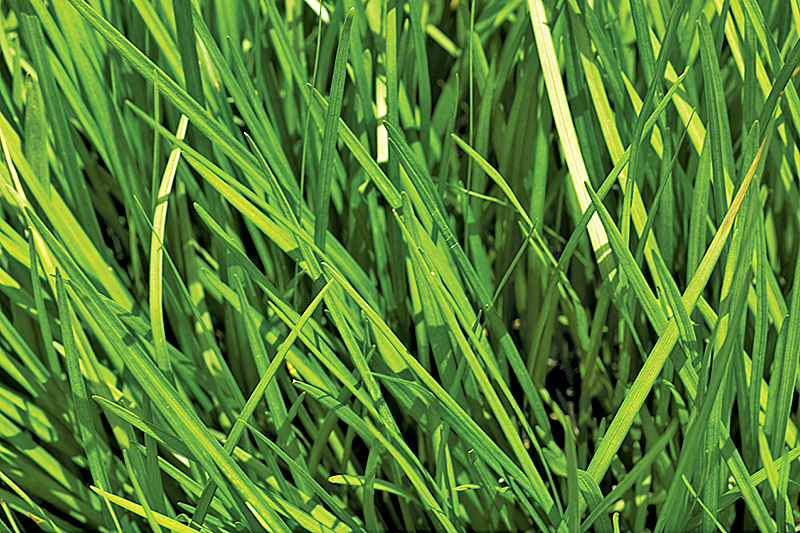Lawn Care
April 15, 2021

Choose Grass That Suits Your Climate And Region
METRO CREATIVE
Lush lawns feel great underfoot, add curb appeal to a home and are the crowning touches on complete landscapes.
Establishing a vibrant lawn requires research, including determining which type of turf is the best fit for a property. The lawn experts at Pennington say that homeowners can set up their lawns for success by choosing turfgrasses that thrive in their region.
According to the Home Depot, the two main types of grass for turf are warm-season grass and cool-season grass. Warm-season grasses grow best in hot weather. Most will go dormant and turn brown in cool temperatures. Warm-season grasses should be planted in late spring for the best chances of thriving. Cool-season grasses are better for northern climates, where the mercury will eventually drop. They are characterized by rapid growth in the spring and fall. Some may turn brown during periods of high summer heat.
In certain instances, a mix of warm and cool-season grasses may be needed. That’s particularly so in the “transition zone” of the United States, according to Lowes. The transition zone runs from roughly Delaware to North Carolina on the east coast and central California to Arizona on the west coast. However, lawns in the transition zone typically fare best with cool-season grasses, indicates Lowes.
Here’s a closer look at various types of grasses, courtesy of Pennington, Lowes and The Home Depot.
Warm-Season Grasses
Bahia: This is a tough turfgrass especially suited for heat and humidity. It has a rougher texture than other grasses.
Bermuda: This produces a very drought-tolerant lawn and is great for high-traffic areas. It requires a lot of sunlight to grow.
Buffalo: This grass is low maintenance and tough. It has low water needs and a fine texture. Full sun exposure will produce a vibrant lawn.
Centipede: Popular throughout the southern United States, this slow-growing grass is ideal for homeowners who desire a low maintenance lawn. It has a coarse texture and is best in areas of low foot traffic.
Cool-Season Grasses
Fescue: Fescue comes in many varieties and is good in areas with mild winters and warm summers. It has high drought-resistance and can endure medium foot traffic.
Kentucky bluegrass: Finely textured with a deep, evergreen color, this grass thrives in growing conditions marked by good soil, regular sunlight and routine watering.
Perennial ryegrass: This flourishes in full sun, but tolerates light shade. It forms a lush, finely textured, deep green lawn. During periods of drought, it will need additional watering or go dormant.
Homeowners can increase their chances of establishing beautiful lawns by selecting the right type of grasses for their climate and landscape.
